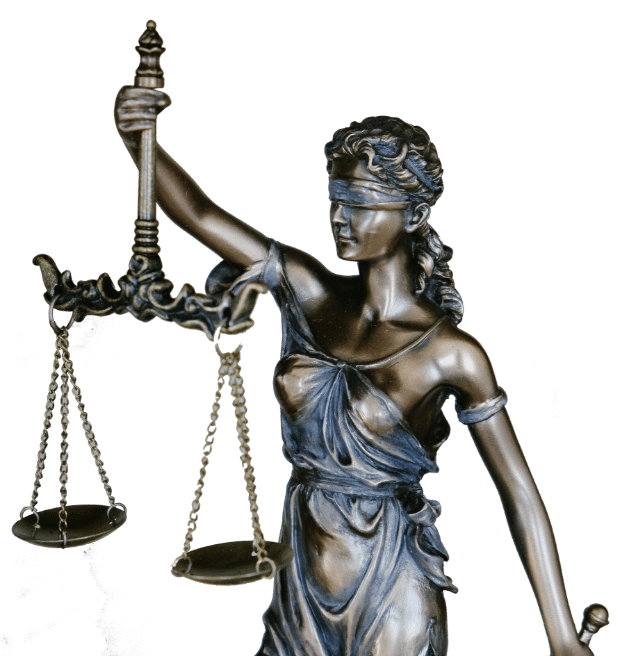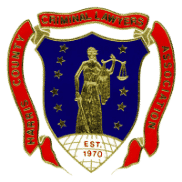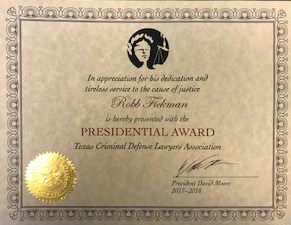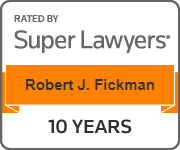Federal Motion Hearings for your Federal Charges in Texas
The District Court hears and decides pre-trial motions at a Federal Motion Hearing. Sometimes the Federal Motion Hearing and the Pretrial Conference are combined into one setting.
If the Defense has filed a motion challenging the legality of a search and seizure, such a motion may be heard at this hearing. Motions challenging the legality of a search or seizure are called Motions to Suppress. The goal of such a motion is to exclude illegally obtained evidence.
At a Federal Motion Hearing, the Judge may decide on motions based on written submissions by the parties. To decide a Motion to Suppress, the Court will often hear testimony. Federal agents involved in the challenged search or seizure will most likely testify. The Defense will cross-examine these witnesses to demonstrate that the motion should be granted. The Defense may also call additional witnesses depending on the facts of the case.
FEDERAL MOTIONS TO SUPPRESS
Anything seized by the Government during its investigation may be subject to a Motion to Suppress. The goal always excludes the challenged evidence as having been illegally obtained.
The Defense may file a Motion to Suppress anything it wants to suppress. However, the Defense must have a good faith argument that the item was illegally seized before filing such a motion.
FEDERAL MOTIONS TO SUPPRESS SEIZED EVIDENCE
Motion to Suppress seized evidence may be filed in any case where evidence was seized.
For example, in a drug case, the Defense may seek to suppress any drugs seized if the drugs were seized without a warrant or the warrant was defective. This law in this area is quite complicated.
The Defense must examine the affidavit submitted to obtain the warrant to determine whether the warrant is valid. The warrant might be defective if the affidavit was used to obtain the warrant. If the affidavit fails to state probable cause to believe the evidence will be found at the location, the affidavit may be defective. Never assume a search is valid simply because law enforcement has a warrant.
FEDERAL MOTIONS TO SUPPRESS CONFESSIONS
Sometimes the Government will allege that the defendant gave a written or oral confession. The law regarding the taking of and the admissibility of confessions is complex.
In any case, where there is an alleged confession, the Defense may wish to challenge the admissibility of the alleged confession. There are many different potential challenges. A confession must be voluntarily, intelligently, and knowingly made. A coerced confession may be challenged with a Motion to Suppress the confession. For example, if a confession is made due to violence or threats, it may be challenged.
If a defendant is in custody, law enforcement is supposed to give him his Miranda warnings before attempting to talk to him. Failure to provide a Defendant with his Miranda warnings before custodial interrogation may provide a basis for a Motion to Suppress a confession.
FEDERAL MOTIONS TO SUPPRESS WIRETAP
A Federal Judge can issue an order allowing the Federal Government to put a wiretap on the phone. The application for a wiretap has to provide the judge with sufficient reliable information to believe that the wiretap will capture conversations regarding criminal activity. If the application for the wiretap is defective, the order for the wiretap may not be valid. If the order for the wiretap is invalid, the recorded conversations may be subject to suppression. Like other areas of federal law, this law is also quite complicated.
FEDERAL MOTIONS TO SUPPRESS IDENTIFICATION
In some Federal cases, a witness will make an out-of-court identification of the Defendant. The witness may be asked to look at a photo spread or attend a lineup to identify the alleged perpetrator.
If the procedure utilized to obtain the out-of-court identification is overly suggestive, the out-of-court identification may be subject to a Motion to Suppress.
For example, the teller may be asked to look at a photo spread to identify the bank robber in a bank robbery case. A photo spread is usually a folder containing six photos. One of the photos is of the suspect, and the other five photos are supposed to be of individuals who match the description of the suspect.
Sometimes the photo spread will be purposely put together by law enforcement to make the defendant’s photo stick out. Sometimes the agent showing the photo spread will say something to the witness indicating that the defendant’s photo is the photo the witness expects to pick. If the identification procedure is so suggestive as to make the resulting identification unreliable, the identification may be subject to suppression.
All Federal Court Proceedings Information













